
4 tips to prepare for and manage winter ventilation
Posted on October 19, 2022 in Swine Performance
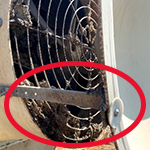 1. Make sure fans and shutters are clean and operational.
1. Make sure fans and shutters are clean and operational.Clean fans and shutters allow for adequate airflow at minimum ventilation. Dirty fans and shutters can restrict air flow by 40% (Jacobson, UMN extension). Check belts and pulleys for wear and replace as necessary. When the snow starts to fall, fans should be checked daily to make sure fan blades spin freely and air flow isn’t restricted (snow covered or frozen shutters).
2. Manage inlets.
Unwanted inlets:
- Seal holes in curtains.
- Make sure curtains are not leaving gaps at the top.
- Check pit lids after pumping.
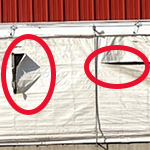
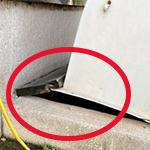
Wanted inlets:
- Adjust to maintain an air speed of 500 to 1,000 FPM. Inlets open too far will often cause drafty, cold areas.
- Check inlets daily to make sure they are calibrated and functioning properly.
- Clean soffits to provide adequate airflow at minimum ventilation. Restricted soffit airflow will increase the energy cost to maintain minimum ventilation and make it difficult to maintain throughout the winter.
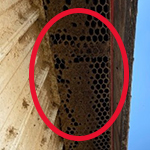
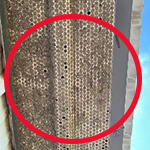
- Soffits should only be closed if there is adequate airflow into the attic from another source (gable inlet, opposite side of the barn, closing every other door). In the case of winter storms, soffits on the windward side can be closed but should be opened after the storm passes if they are needed to maintain proper ventilation.
3. Bring the heat.
- Check heaters to make sure they are operational and dependable.
- Supplemental heat is important for both keeping the barn at the optimal temperature and removing moisture from the air. Check heaters are pointed in the right direction to ensure warm air is distributed throughout the barn.
4. Check your controller.
- In the wintertime, increase the bandwidth of fans to 2.0 to 2.5°F to reduce temperature variability.
- Make sure the heater offset is at least 2.0°F below the next fan stage. This will avoid overheating the barn and wasting propane.
- Especially for young pigs, increase the set point by 2.0° to ensure the desired temperature when the heater shuts off.
| Category: |
Facility design Swine Performance |

